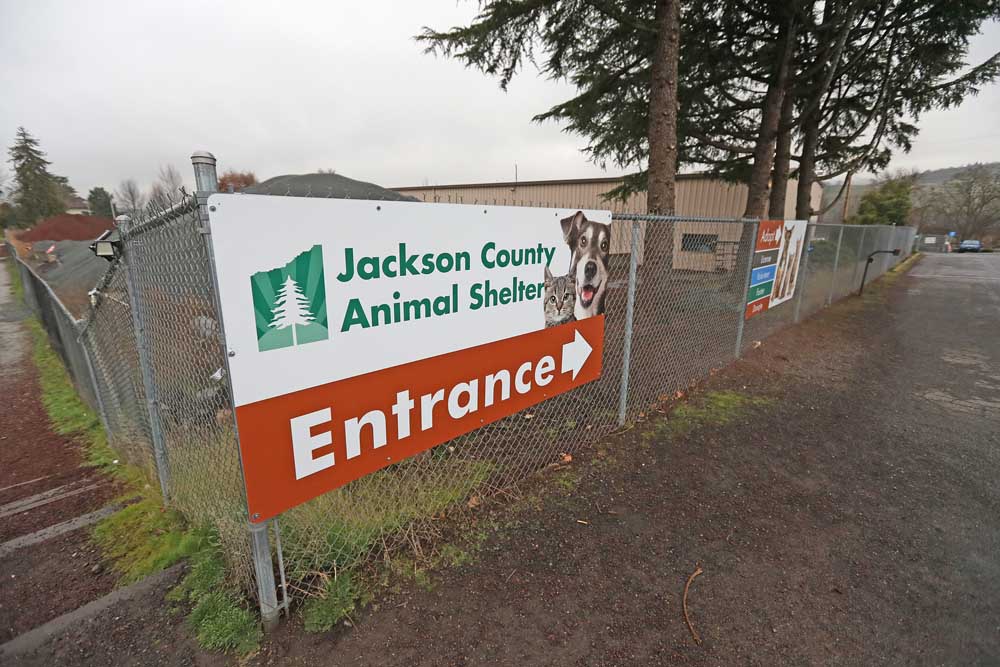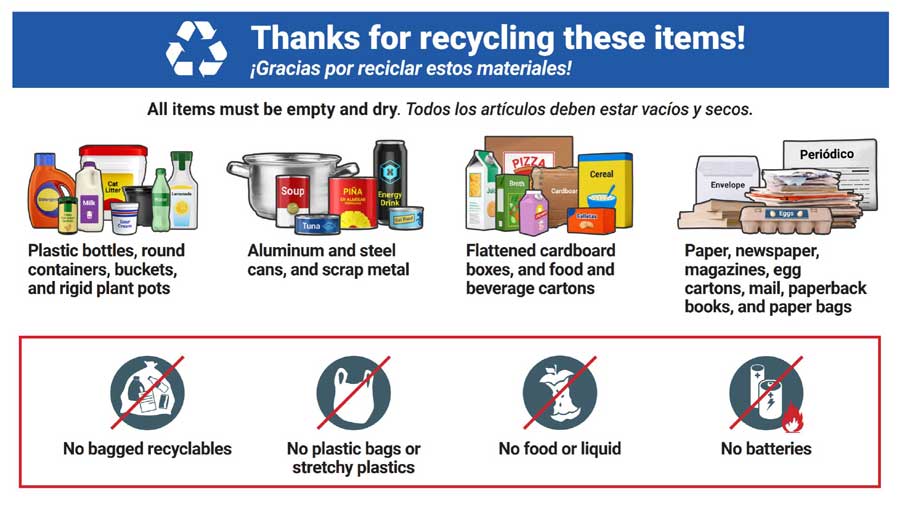Animal shelter cited by Oregon OSHA for rodents, safety concerns
Published 3:10 pm Friday, July 12, 2024

- The Jackson County Animal Shelter along South Pacific Highway between Phoenix and Talent.
The Jackson County animal shelter on South Pacific Highway was cited by the state Occupational Safety and Health Division (Oregon OSHA) in recent weeks for workplace safety violations pertaining to employee safety and a rodent infestation.
OSHA cited the shelter June 17 for a trio of violations, fining the facility a total of $3,758. According to OSHA officials, a complaint was lodged and an inspection — the process the agency uses to investigate complaints — was conducted between Jan. 17 and June 3.
One of the violations — and the only one categorized as “serious” — came with a fine of $3,458 and had to do with safety gear for handling animals and with eye protection for employees using chemicals to clean kennels. The citation said that the county “did not select, and have each affected employee use, the types of personal protective equipment (PPE) that would protect the affected employee from the hazards identified in the hazard assessment.”
At the time of inspection, the report indicated that eye protection was not being worn by employees who were power-washing kennels with a diluted form of the chemical, Rescue. Additionally, leather gloves (aka “bite” gloves) were not made available for handling animals at the shelter. The report said, “The employer had PPE on site in insufficient quantity to meet employees’ needs.”
A second violation — deemed “other than serious” and coupled with a $300 fine — claimed the county “did not provide training to employees who performed custodial tasks on the hazards of the chemical Rescue, which was used in its diluted form to clean kennels. Employees also were not aware of where to find the SDS (safety date sheets) for Rescue.” The OSHA report said county officials remedied the lack of training and warning materials on hand during the on-site inspection.
A third violation — deemed “other than serious” — involved a “significant rodent infestation” that found dead rodents and rodent waste in various areas of the shelter. Enclosed shelter workspaces, the report said, “were not so constructed, equipped, and maintained to prevent the entrance or harborage of rodents, insects, or other vermin; a continuing and effective extermination program was not instituted where their presence was detected.”
Employees reported cleaning up rodent droppings and dead rodents, with at least one employee getting bit by a mouse, and rodent droppings were found in the employee break room under and around the microwave and in the shelter safety binder. During one OSHA visit, damage was observed where rodents had chewed through electrical wires, rendering a washing machine unusable. OSHA discussed hazards associated with human exposure to rodents and their droppings.
Additional findings included reports from animal control officers who said they routinely had gone “into the field alone and at times encounter members of the public who are intoxicated, unstable and even violent,” that they were not provided protective gear recommended by the National Animal Care & Control Association, and that they were not aware of a workplace violence prevention policy.
Stacy Brubaker, county health and human services director, said county officials were aware that the shelter had been dealing with rodent problems due to the age and condition of the facility, in use since the early 1960s, but that the county had appealed portions of the citation dealing with protective gear and employee safety concerns. Brubaker said officials were “doing the best with what we have to work with.”
The shelter has faced a slew of issues over the past year-and-a-half, ranging from changes in its relationship with community volunteers to overcrowding. In early April, county officials, who said shelter operating costs have exceeded the county’s ability to fund the facility through the general fund, announced plans to solicit voter feedback for a service district that would provide permanent funding for county animal services.
Preliminary estimates suggest that an assessment of 15 cents per $1,000 of assessed property value could fund $15 million for construction of a new animal shelter.
Brubaker said the county had requested an informal hearing to discuss appropriate types of PPE at the shelter.
“We disagree with the findings, not necessarily that there was a violation but the level of the violation, and with what they determined we needed to do to correct it,” Brubaker said Thursday.
“Some of their recommendations create more risk — versus decreasing risk — like using bite sticks and gloves and other things in the kennels. … We disagree with the level of the findings and (believe) that the recommendations don’t match what best practices are.”
Brubaker declined to comment on specifics of the citation pending the outcome of the appeal. She said shelter manager Jody Sherry, who came on board in April, had implemented important changes, and that county officials were utilizing limited resources while operating a shelter that had long surpassed its useful life span.
“All we can do is just keep doing what we’re doing and trying to do right by the animals,” Brubaker said, “which is really what it’s about.”










